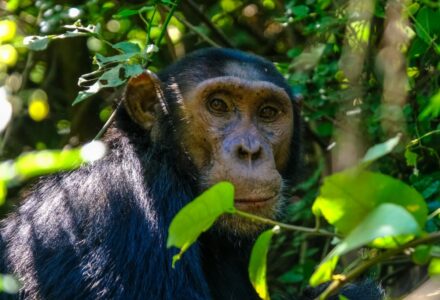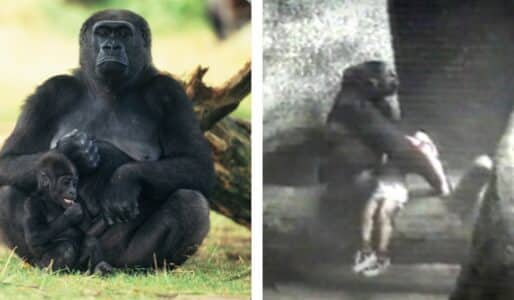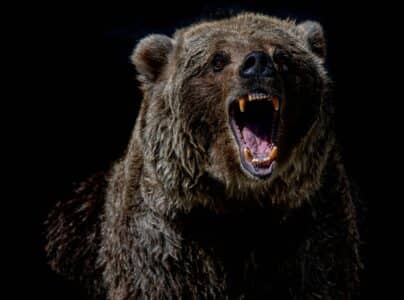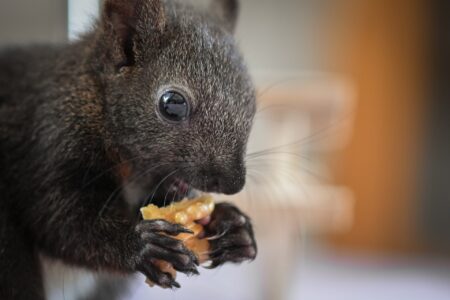With over 5,500 species of mammals on the planet, they are worth exploring! From the massive blue whale to a tiny mouse, mammals are found in all habitats and play vital roles in the ecosystems they find themselves in. So, let’s get into more about these vertebrates and their intriguing diversity.
Introducing Mammals

Even though most of us can identify a mammal when we see it (it might be instinct, I don’t know!), I thought it might be a good idea to mention some of their identifying characteristics.
All mammal species are warm-blooded and have spines and four limbs. Female mammals have mammary glands that produce milk to feed their young, who are born alive. Except for platypus and echidnas. Mammals are also characterized by their coats comprised of fur or hair and four-chambered hearts. You might be able to identify some interesting mammals with this information!
How do mammals reproduce?

Mammals reproduce sexually, meaning that the female in heat gets fertilized by the male. Once the sperm reaches the eggs and fertilization occurs, the gestation period starts. Gestation lasts various lengths between species – for hamsters about 2 weeks and for elephants about 22 months! After which the live offspring is born, and cared for by the mother and her milk. These animals are classified as viviparous.
But as always, there are some exceptions. Marsupials give birth to immature young that are carried in their mother’s pouch to develop further. And some mammals even lay eggs! Like the platypus. Yet, they still care for their young and provide them with milk and nutrients.
Where do mammals live?
With over 5000 mammal species, it is no surprise that they live all over the planet in many different habitats! The majority of mammal species live on land, where they inhabit forests, open plains, grasslands, savannahs, icy regions, mountains, and almost every other habitat you can think of! Other land mammals are arboreal, meaning that they spend most of their time and perform most of their activities in trees.
Of course, you also get the mammals that live in freshwater habitats, such as otters. And the ones that live in the ocean like dolphins and whales. In other words, mammals can be found everywhere!
Types of Mammals
Primates
The mammals considered as primates are distinguished by their ability to grasp with their hands and feet – some species even have opposable thumbs. These human lookalikes have larger brains than other mammals and many species even use tools in their day-to-day activities! Click on any of the article links below to learn more about primates.
Bears
These shaggy-haired robust mammals can be found around the world in various habitats. Considering their strong bodies, sharp teeth, and apt hunting abilities, it is no wonder bears are considered apex predators. Have a look at some of the articles below to learn more about bears, or head over to our category page for more information.
Rodents
Rodents are small to medium-sized mammals characterized by their hairy bodies and quick movements. From the loved pet hamster to the pesky street rat, all these mammals have sharp teeth and the ability to gnaw relentlessly. Have a look at our rodents category page or any of the articles below if you would like to learn more.
Big Cats
The strong, agile apex predators belonging to this group share many physical and behavioral characteristics. However, did you know that not all of the big cat species can roar? Only the Lion, Tiger, Jaguar, and Leopard can. Learn more about these majestic creatures on our category page or click on any of the articles below!
-

Female Tiger Showdown For Dominance
-

Cubs Meet Adult Tiger for the First Time
-

Tiniest Tiger Cub Brave Journey From Being Rescued To A Wild Man Now
-

Tiger Chained Up Her Whole Life Takes Her First Free Steps
-

Orangutan Feeds And Cuddles Playful Baby Tigers
-

A Closer Examination: Orangutan Babysits Tiger Cubs
American Bison
These large, surprisingly fast mammals are Native to the United States. But did you know that they are also the National Mammal of the US? Learn more about these animals and their significance to American culture on our dedicated Bison page!
-

Why You Should Never Approach A Bison in Yellowstone National Park
-

Bison Charges Drunk Guy For Roaring At Him In Yellowstone National Park
-

Baby Bison Falls Asleep in the Middle of the Road in Yellowstone National Park
-

The Bond Between a Wild Baby Bison and Her Rescuer
-

Tourists in Yellowstone Risk Safety by Blocking Bison Calf’s Path
-

Idaho Man Arrested For Kicking A Bison In Yellowstone National Park
Mammal Comparison
| Common Name | Scientific Name | Size | Reproduction |
| Blue Whale | Balaenoptera musculus | 90 – 110 feet 45 – 150 tonnes | 10 – 12 month gestation and live birth |
| Platypus | Ornithorhynchus anatinus | 17 – 20 inches2 – 5.5 pounds | They lay eggs which are incubated for 10 days |
| Bumblebee Bat | Craseonycteris thonglongyai | 1.1 – 1.3 inches0.071 ounces | Births one live young per year |
| Pangolin | Pholidota spp. | 12 inches – 4 feet4.4 – 40 pounds | 70 – 140 day gestation and live birth |
| Kangaroo | Macropodidae spp. | 3 – 8 feet40 – 200 pounds | 28 – 36 days gestation, immature young born alive and develop further in the mother’s pouch |
Mammal FAQs
Mammals’ diets vary depending on the species. Many mammals, like lions, tigers, and bears are carnivorous predators that feed on other animals. Some mammals are omnivores that eat both meat and plants. While others, like elephants and kangaroos, are herbivores, eating a plant-based diet.
Humans have a longstanding relationship with mammals. Their meat serves as a source of protein to humans, and their skin is reworked into clothing and other products. Domesticated mammals also help humans with farm work and transportation, all while providing loving companionship.
Although there are many mammal species, most share the same characteristics. Such as being warm-blooded, having a more complex brain than other animals, (mostly) giving birth to live young, nursing newborns with their mother’s milk, and having hair or fur coats.
Many mammal species walk, gallop, and run on all fours, others mostly move by swinging from tree to tree. Some mammals, like kangaroos, hop, and others, like bats, fly. There are squirrels that can glide and of course, whales and dolphins that move by swimming.
This would be the Etruscan shrew, also known as the white-toothed pygmy shrew or the Etruscan pygmy shrew. These tiny, slender-bodied mammals grow between 1.2 and 2 inches long, and only weigh 0.063 ounces!
Newest Category: Mammals
- What to Do If a Coyote Approaches You - July 24, 2024
- Water Loving Golden Retriever Sneakily Takes Dips in the Neighbor’s Pool - July 22, 2024
- Angry Elephant Bull Charges Safari Vehicle - July 21, 2024






























